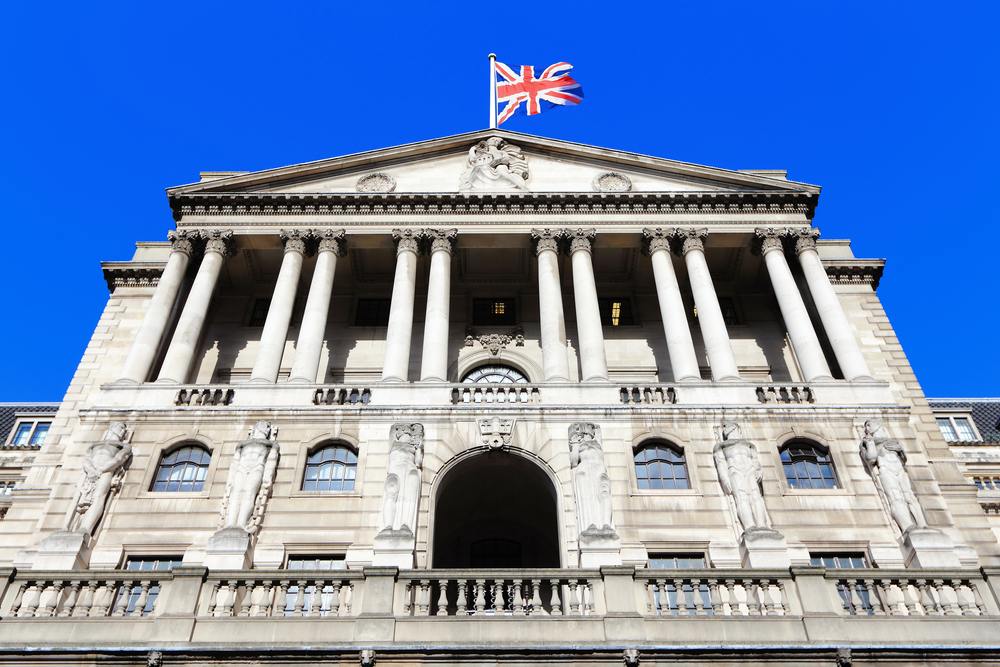Vanguard’s FTSE 250 ETF has been one of the most popular ETFs in Europe this year with the strategy buoyed by the ongoing swing to value and the UK’s speedy vaccine rollout.
Having already seen $882m inflows so far this year, the Vanguard FTSE 250 UCITS ETF (VMID) was among the most popular strategies in Europe in the week to 7 May, gathering $294m inflows, according to data from Ultumus.
These allocations followed a raft of positive announcements from the Bank of England, which added additional colour to the already giddy UK recovery narrative.
On policy, the central bank looks to be following the lead of the Federal Reserve in the US. While making cuts to its bond-buying programme, Bank of England (BoE) governor Andrew Bailey said the policymaker would keep interest rates steady and resist monetary tightening for the time being.
Federal Reserve and BoE interest rate freezes a boon for inflation protection ETFs
Even more bullish than the central bank’s decision to let inflation run were the revisions to its economic outlook.
With the UK’s impressive vaccination drive giving credence to the idea of a full economic re-opening in June, the central bank upped its consumer spending expectations by forecasting UK residents to spend 10% of the £200bn savings glut amassed during lockdowns, up from 5% previously.
This outpouring would represent the biggest surge in household spending since 1988. Notably, the BoE said the release of consumer demand – and support for cyclical industries such as finance and resource extraction – could support the fastest rate of economic growth in the UK for 70 years.
Alongside the BoE’s announcement, Susannah Streeter, senior investment and markets analyst at Hargreaves Lansdown, said UK equity ETFs have also been lifted by the softening of political headwinds such as Brexit. These also provided indices like the FTSE 250 with a relatively low basis from which to begin their current rally, versus the already heady valuations in regions, such as the US.
Streeter added: “As the UK inches along the re-opening road map, with social distancing measures on track to be lifted by the end of June, investors appear increasingly confident that UK companies will bounce back strongly during the second half of the year and the BoE’s more positive outlook is boosting sentiment.”
Much like the FTSE 100, the FTSE 250 has a significant tilt towards cyclical equities – and therefore offers concentrated exposure to the bounce-back of value stocks. However, the mid-cap index’s greater domestic focus means it has benefited more from Britain’s pronounced recovery, according to Laith Khalaf, financial analyst at AJ Bell.
“While the FTSE 100 gains much of the headlines, the FTSE 250 has been by far the better performing index of the last twenty years, so it is no surprise to see trackers like the VMID doing well,” Khalaf continued. “The FTSE 250 has more domestic UK stocks than the FTSE 100, though it still has its fair share of overseas exposure, but for investors it represents a more focused play on UK reopening than the big blue-chip index.”
Moving further down the size scale, many are expecting UK small caps to stage the strongest bounce back during 2021. To target this part of the UK recovery, investors may look to complement passive trackers such as VMID with more selective, active strategies.
SPIVA Europe scorecard: UK equities a haven for active managers
“Historically managers have shown a capacity to deliver strong outperformance in the small-cap space,” Khalaf noted. “However, passives are useful vehicles to getting low cost, quick exposure to markets, and there is nothing stopping investors using both active and passive funds to get the best of both worlds.”
Looking to the coming months, FTSE 250 investors will remain wary of the growth-inflation-rates trade-off. Inflation fears could spur a sooner-than-planned rates hike and concerns about such a scenario playing out are currently being reflected in the climbdown of equity valuations.
Cruelly, keeping rates steady offers headroom for further growth, which once again reinforces inflationary pressure and the likelihood of monetary tightening.






